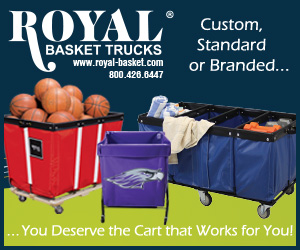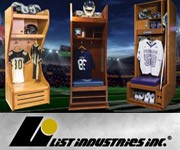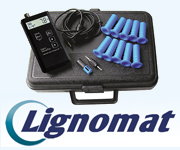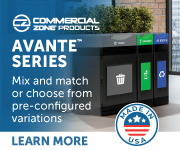Core ADA Requirements (Since 2012)
Accessibility must extend to:
Parking & walkways
Locker rooms & restrooms
Route to the pool deck
Accessible entry into the pool
Pool Entry Rules:
Under 300 linear ft.: 1 accessible entry (lift or sloped entry).
Over 300 linear ft.: 2 accessible entries—preferably different types.
Lift Essentials:
Must be installed and operational whenever the pool is open.
Users must be able to operate from deck & water levels independently.
Clear deck space required for wheelchairs/scooters.
300 lb. minimum capacity (higher recommended).
Official Standards: Access Board ADA Guidelines, Chapter 10.
Choosing a Pool Lift: Two Main Options
Battery-Powered Lifts
Higher lifetime cost
Batteries require daily charging & frequent replacement
Electronic components prone to corrosion
Multiple moving parts that require scheduled maintenance
Increased staff labor
Water-Powered Lifts
No operating expense
Minimal maintenance: clean & inspect
Highly reliable—runs as long as the city water system does
Eco-friendly; can support LEED certification
Best Fit for Colleges:
Water-powered lifts generally offer the strongest long-term value for institutional settings with high usage and limited maintenance staffing.
Maintenance Snapshot
Battery-Powered
Charge main & backup batteries daily
Replace batteries regularly
Maintain remotes, actuators, gears, contacts, and lubricated parts
Avoid overheating—often requires staffing to move batteries in/out
Water-Powered
Turn on water each morning
Cycle lift up/down to bleed air
Then ready for all-day use—no further staff attention needed
Net-zero energy: lift water returns to pool
Common Misconceptions
“We’ll activate the lift if someone asks.”
Incorrect—ADA requires lifts to be installed and functional at all times the pool is open.
“Accessibility equipment won’t get used.”
Many students rely on warm-water movement for therapy, rehabilitation, and mobility, even if they do not disclose it.
“Any lift meets ADA requirements.”
Devices must be usable independently, have proper deck clearance, and match actual facility conditions.










